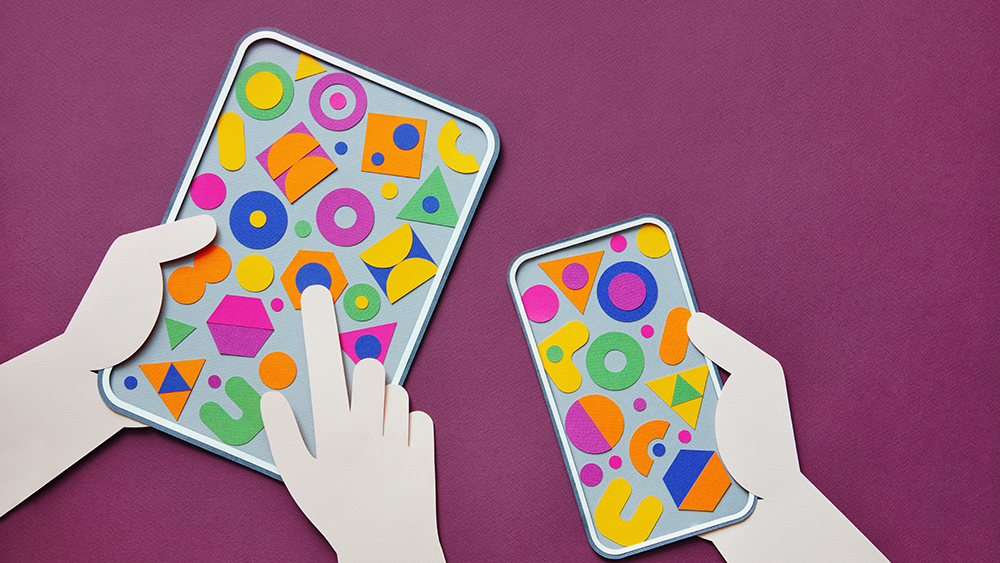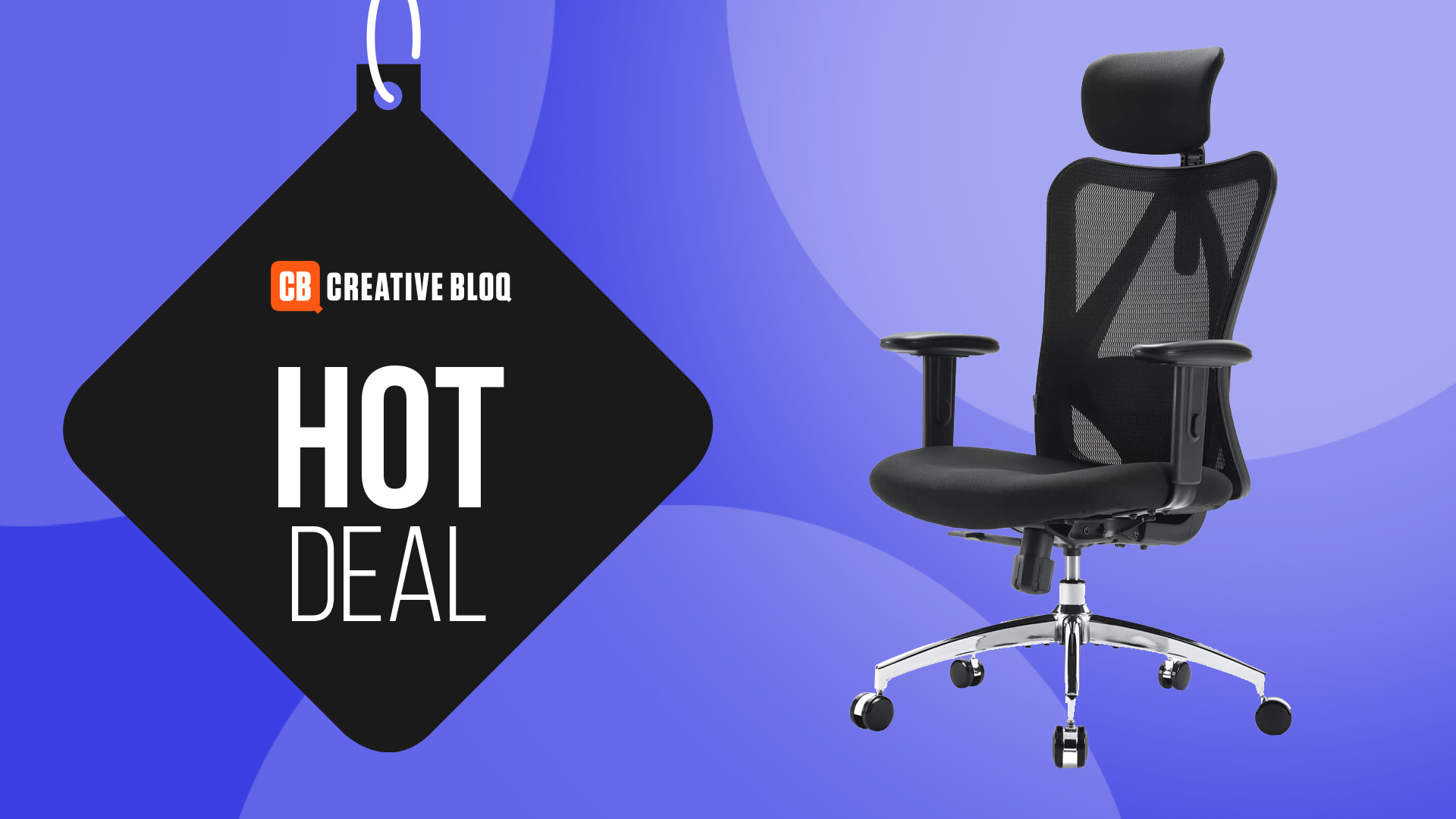UX research for beginners: 5 things to keep in mind
Design strategist and researcher Andrea Sanchez offers tips on UX research for beginners.

There can be many pitfalls in UX research for beginners. In the article below, Andrea Sanchez, a Brooklyn-based design strategist and researcher who helps clients in the US, Latin America, and Europe build engaging experiences, shares her tips on how to start a successful career in UX research (if you're looking at applying UX to UI design, see our pick of the best UI design tools).
5 tips on UX research for beginners
I’ve always been passionate about User Experience. I want to make people feel touched by the experiences I design. This is what drew me to design thinking, and UX research has been the field that has allowed me to do that. Nevertheless, my professional career didn't start anywhere near that path and I’ve slowly transitioned into the creative field. Today I want to share 5 tips on UX research for beginners to help you become a kick-ass UX researcher, no matter where you’re starting from.
01. Be user-obsessed
In my past life, I used to be an engineer. I worked in sales and customer service, and was, at least in theory, not doing any design work. What I came to realize later is that I’ve always had a user-centric mindset. When working in sales, I would listen to my client’s feedback, identify needs and pain points many people shared, and would come up with services they were interested in.
When working in customer service, I spent tons of time listening to the representatives I led, learning about what they wanted to achieve at work, and created a company-wide employee engagement plan that turned out to be highly appreciated by them and helped us rank as one of the best places to work in Colombia.
Inadvertently, in an unstructured way, I was doing UX research. I stayed curious enough to know I didn’t have all the answers and that my clients, internal or external, were the ones who owned them. I was obsessed with getting everything out of them.
This is one of the most important skills you’ll need to develop, the one that will help you create impactful experiences and one you can practice anytime, anywhere. Spend time observing people, watching how they interact with the environment and tools at hand. Talk to people, ask open-ended questions without expecting to get a certain answer, and make it enjoyable and fun. All these will help you uncover patterns, pain points, and opportunities. It will be a never-ending source of inspiration and ideas.
02. Don’t forget: it’s all about business
As much as I’d love to create fun things just because they’re fun, the reality is we need to think about the business part of it. When starting a project or an exploration, you’ll have to identify and define which are the most pressing business goals associated with it.
Get the Creative Bloq Newsletter
Daily design news, reviews, how-tos and more, as picked by the editors.
What is it that you or your clients want to achieve? What are the main KPIs? What are the constraints you have? What is the timeline for the project? Getting alignment with stakeholders will be key to guaranteeing that you’re spending your time and efforts wisely. All these will help you identify the best questions you can ask, the best methods for you to use, and the best activities you should include in your research plan.
03. Document, document, document
When I first started transitioning to UX research, I struggled with keeping a record of everything I did, every conversation, and every activity. Sometimes I thought I would remember everything just by relying on my memory. Keeping track of everything will lead you to success, both during the engagement and when communicating your recommendations to your clients and stakeholders.
Whiteboards are a great tool to record notes from meetings and keep participants engaged. Recording and taking notes during interviews will be key when you’re synthesizing research as it will help you guarantee you’re connecting all the dots. It will also allow you to quote your participants and will strengthen your storytelling when sharing findings. Remember it’s not your opinions you’re voicing out, but those of your users.
04. Build your toolkit
Being able to gather insights from different types of data is increasingly important, so spend time honing both your qualitative and quantitative research skills. Quantitative research will show you correlations and patterns, and qualitative research will help you answer 'why' questions. It’s at the intersection of both where important insights lie.
Both types of research offer a variety of tools and methods that you can use depending on what you’re trying to discover, so spend time learning about them, and practising them. The list is so big, so I’ll give you my two favourite resources for you to explore. This Is Service Design Doing is a great practitioner’s handbook that will guide you through the design process and explain the most commonly used methods for each step. And Universal Methods of Design provides a list of 100 ways to research, develop, and design solutions. Go look them up!
05. Get a mentor
When I landed my first UX research job I was lucky enough to get an amazing manager. She has so much experience working on different types of projects, she is an amazing facilitator, and she’s the definition of a people’s person. She’s taught me so much about how to practice UX research both by watching her interact with users and conduct research, but also by giving the space to explore, experiment, try, and make mistakes.
I’ve never been the type of person to reach out to others for help, but this taught me about the importance of having someone you trust to guide you in the process of professional growth. Go find that person, reach out to people you admire at work, ask them for shadowing opportunities, and always ask for feedback. Many of the skills you’ll need to develop take practice and time, so advocate for yourself and find people you can rely on. And remember, it’s not just managers. Other colleagues and leaders can be a great source of inspiration and guidance in UX research for beginners.
Read more:

Thank you for reading 5 articles this month* Join now for unlimited access
Enjoy your first month for just £1 / $1 / €1
*Read 5 free articles per month without a subscription

Join now for unlimited access
Try first month for just £1 / $1 / €1
Andrea is a Brooklyn-based design strategist and researcher. She is passionate about stories, people, and culture. Always looking for inspiration in everyday experiences, Andrea uses human-centred design and systems thinking to address challenges and help clients translate business goals and users' needs into engaging and compelling experiences. Currently, she works at Globant where she leads digital transformation strategy projects.

